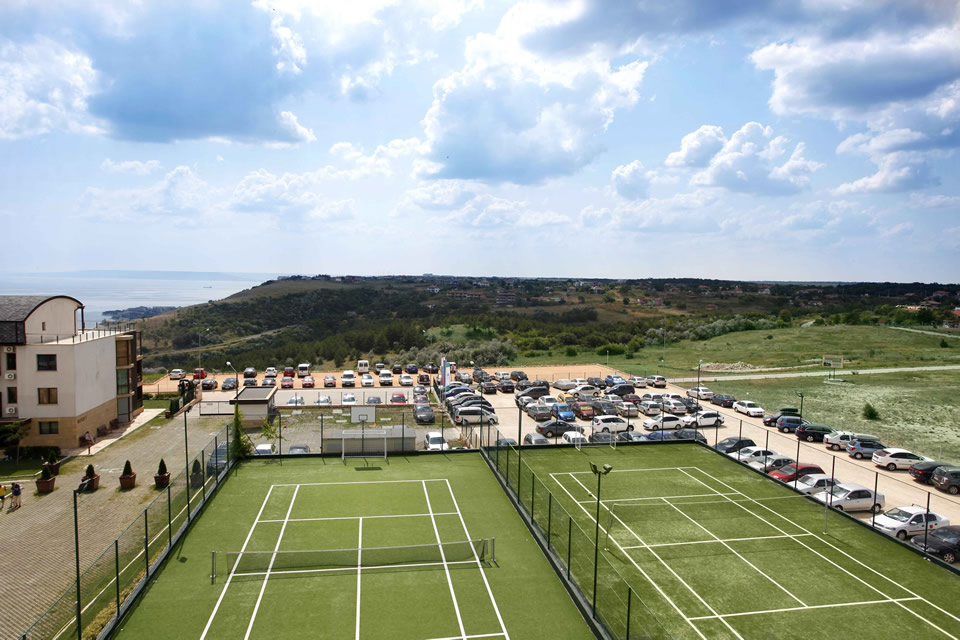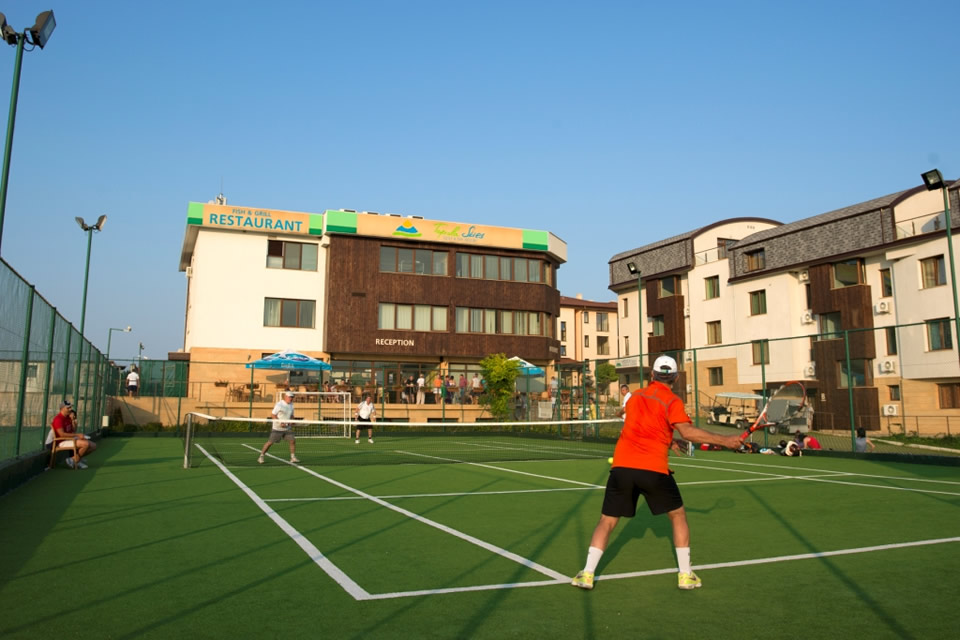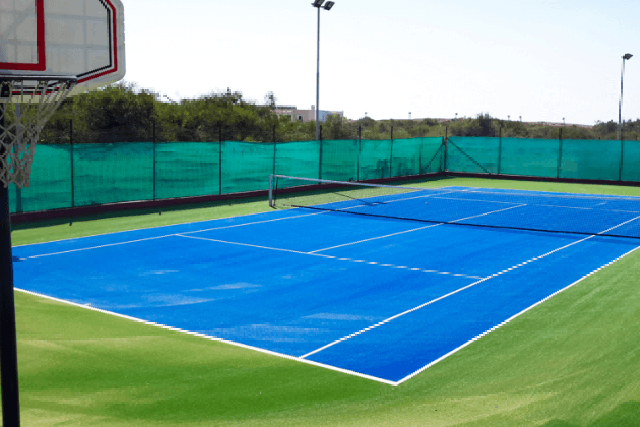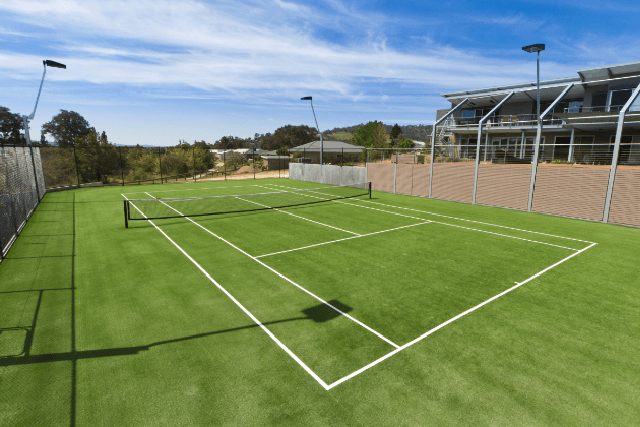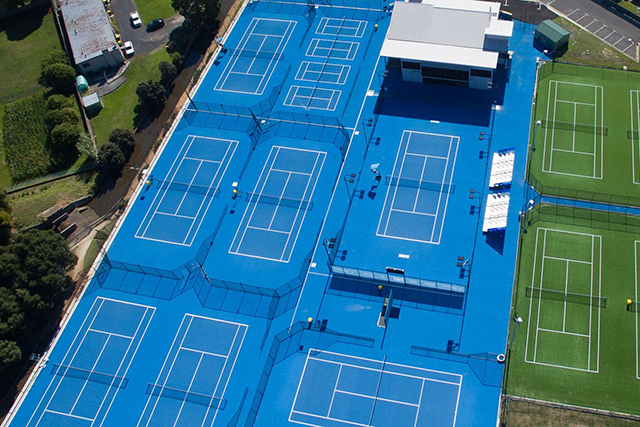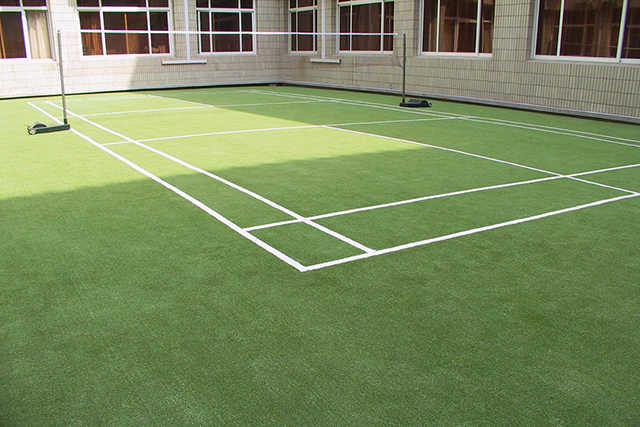
ITF approved
tennis turf products

Tennis turf surface design for
personal preference

Color combination for
tennis court aesthetic
Playing Tennis on Synthetic Turf
There are several types of tennis court systems. We know that players have their own favorites. At CCGrass, we offer artificial turf tennis courts for high-quality club use, intense school play and leisurely family time.
The International Tennis Federation (ITF), the world governing body for tennis, has developed the Court Pace Classification Programme to help buyers determine the type and speed of surface best suited to their requirements. According to the ITF’s Court Pace Rating, artificial tennis courts are divided into five categories: slow, medium slow, medium, medium fast and fast. We offer a range of tennis turf systems in different pace ratings to meet the requirements of tennis players of all levels.
Artificial grass tennis courts are preferred over natural grass tennis courts by the following benefits: ①The consistent tennis turf surfaces ensure excellent playing performance. ②More durable artificial turf tennis courts are designed for all weather conditions. ③Low maintenance makes for a cost-effective solution for both commercial and residential tennis courts.
Australia
High Quality Tennis Turf
Each CCGrass tennis turf court is designed in kit form and comes ready to install. Through careful court planning, we keep joints to a minimum and work with recognized installation companies, based locally, in many tennis markets.
CCGrass provides ITF certified tennis turf for the fast level tennis court. Some are also certified in other sports, such as hockey and Padel. Our synthetic tennis turf is safe, attractive and comfortable, providing a consistent speed of play in all weather conditions, resulting in improved player performance. It will enhance your community or commercial area.
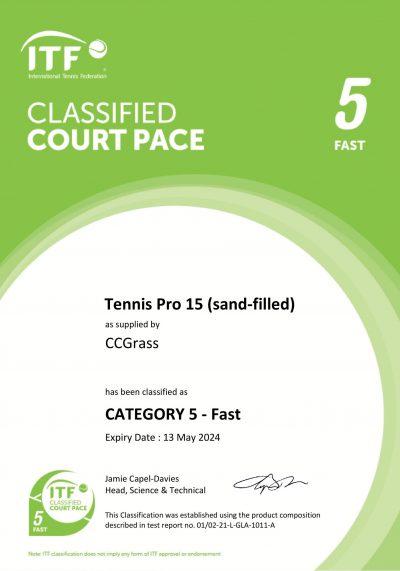
Choose Your Court Speed and More
In addition to the personal favorites of players, tennis courts in different countries also have their own preferences. This is why CCGrass, as the world’s leading artificial grass supplier, can design the tennis turf surface for your individual requirements – short and dense for a medium to slow game, more open and a little longer for a faster serve down to a clay based system for longer rallies and slower play.
Each tennis court is made of our own fibres and available in a choice of colour combinations, ensuring outstanding court aesthetics.
Padel has similar surface requirements to tennis. CCGrass also offers artificial turf for this sport, whose popularity is spreading rapidly in Europe
Australia
References
Recommended Products
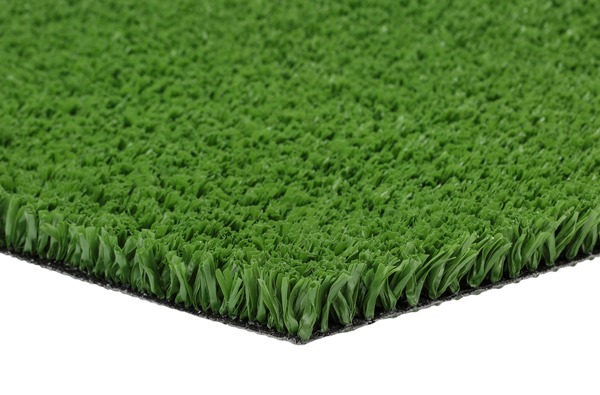
YEIITM
- Unique fibrillating structure
- Excellent playing performance
- High wear resistance
- Medium to fast paced court
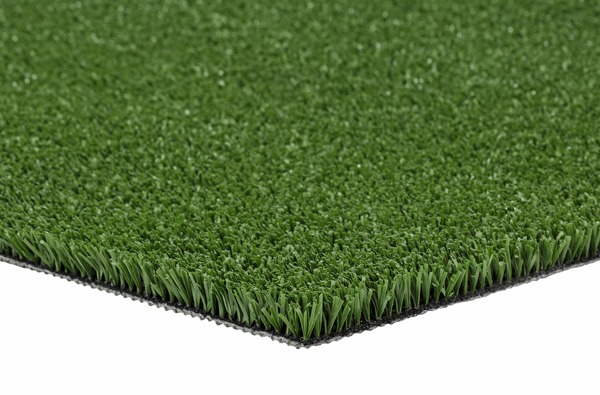
Nature D3TM
- Dense monofilament fibre
- Excellent playing performance
- Colour choice
- Medium paced court
Frequently Asked Questions
What are the 4 types of tennis courts?
The four main types of tennis courts are:
- Grass courts: Known for fast play and low bounce, grass courts are the traditional surface used at Wimbledon and require constant maintenance. They favor players who excel in clean ball striking and effective serving.
- Clay courts: Made from crushed shale or brick, clay courts are common in Europe and South America and are used for the French Open. Their slower pace and higher bounce promote endurance and tactical gameplay.
- Hard courts: Typically made of asphalt or concrete with an acrylic surface, offering a medium-fast pace and consistent bounce, as seen in the US Open and Australian Open.
- Artificial turf courts: Mimicking the look of grass, artificial grass tennis courts offer a medium-fast pace and consistent bounce with minimal maintenance, suitable for players of all levels.
Can tennis be played on artificial turf?
Absolutely! Tennis on artificial turf is gaining popularity worldwide, and it’s easy to see why. Synthetic grass tennis courts offer exceptional durability, reliable traction, and consistent ball bounce, all while being gentle on players’ joints. They provide an ideal solution for clubs, schools, and private courts seeking a high-quality, all-weather playing surface that delivers a great tennis experience year-round.
Is artificial grass good for tennis?
Yes, artificial grass is an excellent choice for tennis. It provides a stable, less slippery surface compared to natural grass and significantly reduces maintenance needs, allowing for more time on the courts. Additionally, artificial turf is available in various colors, offering customization options to suit aesthetic preferences or branding needs.
What are synthetic tennis courts made of?
Artificial grass tennis courts consist of several key components:
- Grass fibres: The surface features durable polyethene (PE) fibres, typically with a pile height of 15 to 20 mm, designed to deliver optimal playing performance.
- Infill: The turf is sand-filled to support the fibers and ensure a stable, even surface.
- Base layer: The turf surface is installed on a base that could be an existing cleaned and sealed tennis court, a concrete or asphalt slab, or a crushed stone aggregate base.
How to build a synthetic grass tennis court?
Step 1: Choose the ideal location
Select a large, open space suitable for singles and doubles. Assess the site for accessibility, orientation, soil type, and prevailing winds.
Step 2: Prepare the ground
The ground preparation involves layering different materials, similar to road construction, to ensure optimal performance and drainage.
Step 3: Lay the tennis turf
Unroll and cut the tennis turf to fit the court. Connect pieces with tape and glue, and install white line markings. Apply sand infill for stability.
Step 4: Optional additions
- Fencing: Install perimeter fencing to keep balls within the court.
- Lighting: Add lighting for nighttime play if desired.
How do you maintain a synthetic tennis court?
- Debris removal: Clear leaves, twigs, and other debris regularly.
- Regular brushing: Brush the turf to keep fibres upright and evenly distribute the infill.
- Check infill levels: Ensure infill levels are adequate for consistent play, adding more if necessary.
- Timely repairs: Address any tears or loose seams immediately to prevent further damage and costly repairs.
- Professional maintenance: Schedule annual cleaning and maintenance to keep the court in optimal condition.
What is the average lifespan of an artificial grass tennis court?
The lifespan of an artificial grass tennis court typically ranges from 8 to 10 years, depending on factors like usage, climate, and maintenance. However, with a high-quality surface and proper upkeep, it can last even longer.
How to choose the right artificial grass tennis shoes?
For artificial turf tennis courts, which are often 2G surfaces, Turf shoes (TF) are ideal. They feature rubber outsoles with closely spaced, small rubber studs or nubs, providing excellent traction and even pressure distribution. This design ensures joint comfort and stability.
Let Us Help You With Your Project!
As a premier artificial grass supplier with three cutting-edge factories, CCGrass offers unbeatable products for a range of sports, leisure and landscaping applications.
To request free samples of any of our artificial grass products, simply complete and submit the form. Contact us now!


